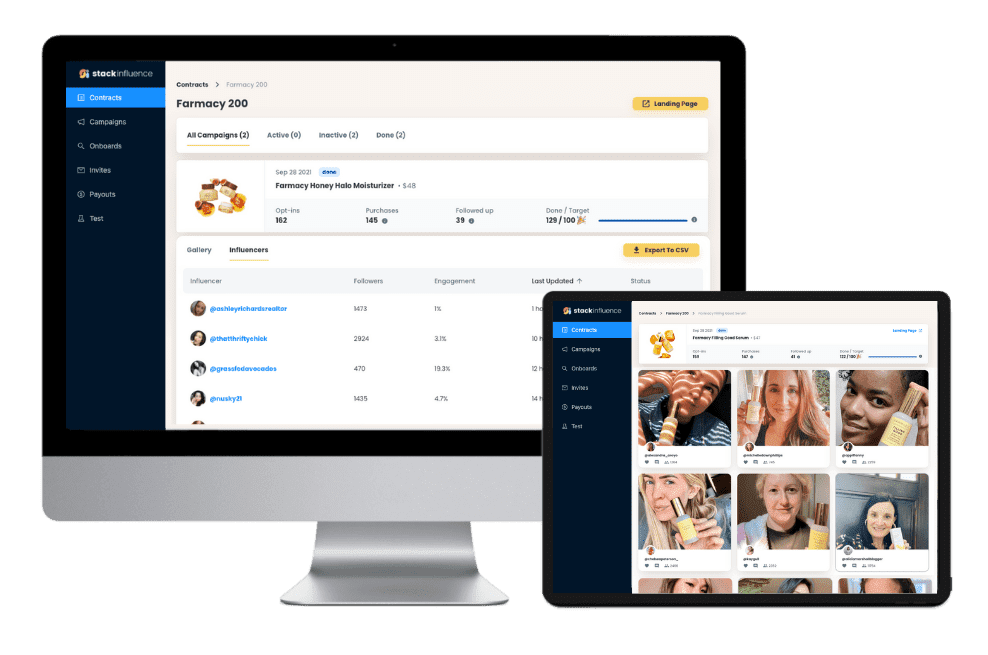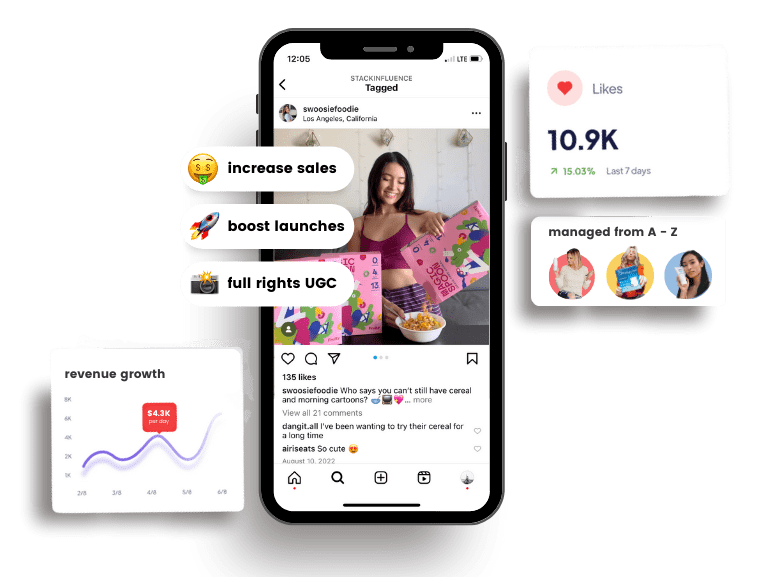How to set up a Shopify Store
31st
January, 2025
Amazon Influencers
Influencer Marketing
Amazon Marketplace

Setting up an online store can seem daunting, but with platforms like Shopify, it becomes a seamless process that can bring your entrepreneurial dreams to life. Shopify is a leading e-commerce platform that offers a user-friendly interface, a variety of customizable features, and access to a vast market. There are more than 4.4 million live Shopify stores globally according to Built With so it’s not hard to see why it’s the go-to choice for many online merchants
Let’s dive into the step-by-step process of setting up your Shopify store so you can join the thriving community of online retailers.
Step 1: Sign Up for Shopify
First things first, visit the Shopify website and sign up for a free trial. Shopify often offers a 14-day trial that lets you test the waters without committing financially. Provide your email, create a password, store it in secure open source password manager, and choose a store name. Keep in mind that your store name will serve as your default URL (e.g., mystore.myshopify.com), but you can change this later by purchasing a custom domain.
Step 2: Configure Your Store Settings
Once logged in, it’s time to handle some housekeeping. Go to the settings panel on your Shopify dashboard to configure your store’s behind-the-scenes details:
- General Information: Add your store’s contact information, address, and timezone.
- Payment Providers: Select how you’ll get paid. Shopify supports various payment gateways, including Shopify Payments, PayPal, and Amazon Pay.
- Shipping Settings: Establish your shipping zones and rates. You might provide free shipping or charge a flat rate.
- Tax Settings: Set up tax rates according to your location and product types. This might require some research to comply with local laws.
- Checkout Configuration: Customize the checkout experience, such as whether customers need to create an account to purchase.

Unlock the Power of Micro Influencers and Elevate your Brand Today!

Step 3: Choose Your Theme
Shopify offers a range of free and paid themes that tailor the aesthetic of your store. Browse through the Theme Store and remember that your theme should resonate with your brand and appeal to your target audience. Look for mobile responsiveness, user-friendly navigation, and customization options. Once selected, you can customize the theme with your colors, images, and content.
Step 4: Add Products to Your Store
Now, to the heart of your store: your products. Go to the “Products” section of your dashboard and begin adding your items. For each product, include:
- Discover Skilled Partners: Merchants can browse through the directory to find talented individuals and agencies that offer specialized services tailored to their needs.
- Diverse Expertise: The directory categorizes partners into various fields of expertise such as store building, app development, theme design, and marketing.
- Authenticated Profiles: Each partner’s profile provides thorough details on their services, helping merchants make informed decisions.
Remember, the more information you provide for each product, the better the customer experience.
Step 5: Set Up Collections
Collections are a way to categorize your products. For example, a clothing store might have collections for “Men”, “Women”, and “Accessories”. Collections make it easier for customers to browse your store and find what they’re looking for.
Step 6: Create Key Pages
Certain pages are essential to an online store:
- About Us: Tell the story of your brand and connect with customers.
- FAQ: Address common questions about your products, shipping and return policies.
- Contact Us: Offer a way for customers to reach out.
- Privacy Policy: Explain how you’ll protect and use customer data.
- Terms of Service and Refund Policy: Clearly outline the rules of transactions and your refund policy.
You can generate template privacy policies, refund policies, and terms of service within Shopify, but consider customizing these to fit your business.
Step 7: Sort Out the Domain
By default, your Shopify store URL will be “yourstore.myshopify.com”. However, for professionalism and branding, consider purchasing a custom domain through Shopify or a third-party provider like GoDaddy, Namecheap, or Google Domains.
Step 8: Set Up Payment Gateways
Decide how you want to accept payments. Shopify’s integrated payment solution, Shopify Payments, is the simplest option, but Shopify also supports over 100 different payment gateways.
Some statistics to consider when choosing your payment gateway:
● 69% of customers are less inclined to revisit a store if their order is not delivered within two days of the promised date. 17% of customers may cease purchasing from an ecommerce retailer after just one instance of late delivery, which rises to 55% after two to three cases according to GSM Task. So remember these statistics when deciding same day delivery for example.
Step 9: Fine-Tune Your Store
Before launching, go through your store with a fine-tooth comb. Check for:
- Typos and grammatical errors
- Functioning links and cohesive navigation
- Responsive design across different devices
- Speed optimization for fast loading times
Step 10: Launch Your Store
Once everything looks good and works seamlessly, it’s time to remove the password and open your store to the public. Go to the “Online Store” section in your Shopify admin, click “Preferences”, and uncheck the “Enable password” option.
Step 11: Marketing and SEO
Now that your store is live, you need to get the word out:
- Implement SEO best practices to improve your store’s visibility in search engine results. Shopify guides you through basic SEO principles for your product listings and pages.
- Utilize social media to share content and connect with potential customers.
- Consider email marketing campaigns to keep your audience engaged.
We understand that social media can be a struggle for some. Consider outsourcing tasks like content creation with an Influencer Marketing Platform like Stack Influence; a community of over 11 million influencers built to automate product seeding campaigns and scale up your brand awareness, UGC, and online growth. According to Marketing Dive, 69% of consumers trust influencer recommendations which could drastically help improve your sales!

Unlock the Power of Micro Influencers and Elevate your Brand Today!

Step 12: Analyze and Optimize
Use Shopify’s analytics and reports to understand your store’s performance. Track your sales, customer behavior, and conversion rate to make informed decisions that enhance your business strategy.
Setting up a Shopify store is just the beginning. By paying attention to customer feedback, analyzing your store’s performance, and staying educated on e-commerce trends, you can optimize and scale your business over time. Now go forth and prosper in the digital market!
Remember, building a successful online store is a process that requires patience, learning, and adaptability. With these steps, you’re well on your way to creating a Shopify store poised for growth and success. Happy selling!

By William Gasner
CMO at Stack Influence
William Gasner is the CMO of Stack Influence, he's a 6X founder, a 7-Figure eCommerce seller, and has been featured in leading publications like Forbes, Business Insider, and Wired for his thoughts on the influencer marketing and eCommerce industries.
Want new articles before they get published?
Subscribe to our Awesome Newsletter.
Want new articles before they get published? Subscribe to our Awesome Newsletter.
stack up your influence
turning creativity into currency
our headquarters
111 NE 1st St, Miami, FL 33132
our contact info
[email protected]
stack up your influence
turning creativity into currency
our headquarters
111 NE 1st St, 8th Floor
Miami, FL 33132


